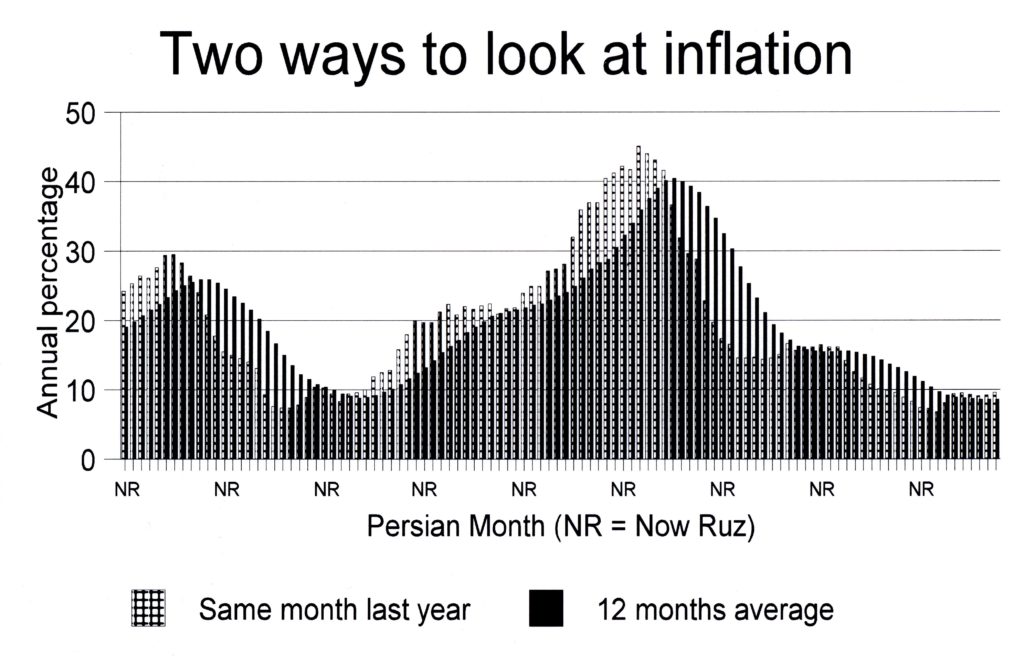January 03, 2017

Oil prices fell Monday and Tuesday as the news circulated that the production reductions promised to start in January were not largely being delivered.
The number of active US oil rigs rose to the highest since November 2015 last week, according to Baker Hughes data, showing drillers are taking advantage of oil prices that hovered above $50 a barrel in December and January as traders waited to see what would happen with the promised cuts.
The Organization of the Petroleum Exporting Countries (OPEC) and eight non-OPEC producers, including Russia, agreed to cut output by almost 1.8 million barrels per day (bpd) in the first half of 2017 to relieve the two-year supply overhang. The agreement was for OPEC to cut 1.2 million and eight non-OPEC members to cut 558,000 barrels.
First indications of compliance with that deal show that OPEC members have cut production by 900,000 barrels per day (bpd) in January, according to Petro-Logistics, a company that tracks OPEC supply.
Tamas Varga, an analyst at PVM Oil Associates in London, told Reuters the news was “not very encouraging” because it implied that only 75 percent of the OPEC production cut target and perhaps half of the OPEC plus non-OPEC target was being met.
US oil production is already rising again, with the Paris-based International Energy Agency (IEA) forecasting total US production will grow 320,000 barrels a day in 2017 to an average of 12.8 million barrels a day.
US shale oil production rose even after prices started falling in 2014, but then slid most of last year. However, many analysts point out that US shale output now, even after a year’s drop, is at the same level it was two years ago when Saudi Arabia said that high output warranted a “war on shale.” In other words, the “war on shale” wasn’t won.
Valerie Marcel of Reuters in London wrote, “OPEC efforts at balancing markets have backfired yet again, and they will eventually come to realize the game is no longer worth playing.”
She wrote, “We now see that US shale oil is resilient at $40 a barrel and positively buoyant at $55. We also now know that its production can be ramped up very quickly.”
Iranian Oil Minister Bijan Namdar-Zanganeh said Monday he expected oil prices to remain at around $55 a barrel this year, according to the Mehr news agency.
News reports, meanwhile, said Indonesia had bought its first Iranian crude since sanctions stopped it doing business with Iran in 2012. Indonesia is the first non-EU country to resume buying Iranian crude since sanctions were lifted last January. It remains unclear why other traditional buyers outside the EU have declined to resume buying Iranian crude since the lifting of sanctions.
Iran has boosted its exports back near pre-sanctions levels based on Europe resuming purchases immediately after sanctions were lifted and on the five buyers who kept buying Iranian crude during sanctions boosting their orders further. The five are Japan, South Korea, China, India and Turkey.
Analysts at J.P. Morgan said they saw a rise in oil prices beyond $60 a barrel in 2018 as unlikely.
“For prices to be supported above $60/bbl in 2018 would likely require continued OPEC output reductions that continue to tighten the market beyond Q3’17 – something that looks unlikely at this juncture,” they said in a report to clients.